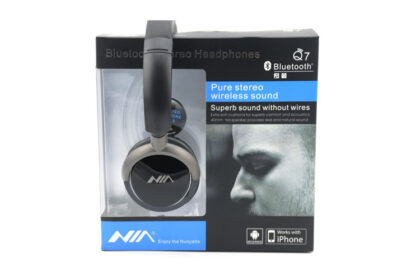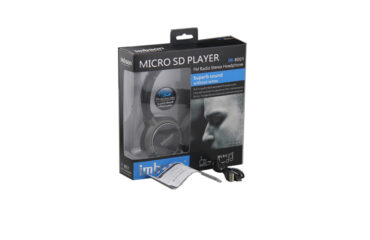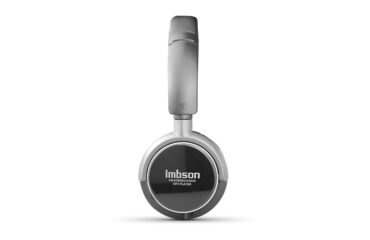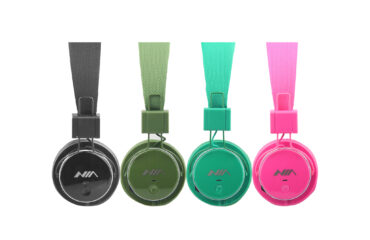
Fit and comfort
Comfort is important. Any headphone will feel fine worn briefly, but when worn for long periods, many become uncomfortable. Wear the headphones for at least 20 minutes before deciding about comfort. The larger the ear cups the better when selecting closed-back, circumaural headphones. For headphones that rest on your ear, smaller is better, and fabric padding or leather can soften the pressure.
Weight is a factor in long-term comfort—in most cases lighter headphones are more comfortable. For long listening periods, the super-light portable headphones with foam pads are ideal.
The headband also influences comfort. Most headphones have an over-the-head style headband, but behind-the-neck styles are also available. Earbuds dispense with the band entirely, so are more comfortable in that regard. Whatever the type of headband, you want it to be adjustable. Another feature for enhancing comfort is the rotating cup, especially on over-the-ear phones. You can adjust them to your head to reduce leakage and increase comfort.
Portability
Usually portability isn’t an issue—for listening during physical activity, get the lightweight portables designed for that purpose. For traditional stationary studio work, heavier closed-back circumaurals are usually used. These days, however, laptop computers and compact interfaces have made on-location recording more popular. This application requires closed-back, sealed-cup headphones that are bulkier. Fold-up designs are more portable and protect the headphones in transit. It’s wise to have some sort of case for your recording headphones if they are to travel.
Durability
You want your headphones to last. Unfortunately, durability often equates with heavier weight. Light headphones can be sat on or snapped in half more easily. You just have to be careful with them and put them in a protective case when they’re not on your head. If they are fold-ups, check out the hinges for sturdiness. Are the cables substantial or thin and delicate? If you are buying higher-priced headphones, find out if replacement parts are available. It’s a lot cheaper to replace a cable or the ear pads than to replace an entire set.
Cables
Be sure the cable is long enough for your situation. But avoid an exceptionally long cable if possible because it can negatively affect sound quality by lowering volume and introducing noise, as well as becoming more easily tangled. A better-quality pair of headphones will likely have a shielded cable which minimizes noise. If you buy headphones with too short a cable, you can always add an extension, but be careful to get an extension cable of equal quality to the cable from the headphone. You should also add the length you want with a single cable rather than two shorter ones, as multiple connections can degrade the signal.
Another consideration is single-sided versus double-sided cables. Single-sided designs have internal circuitry to carry the signals to the appropriate ear pieces. Most consider one-sided designs preferable, as the double-sided type can become easily tangled.
Summary
Like most things in life, when it comes to choosing the right headphones, earphones, or earbuds, you get what you pay for. Although some specs can be helpful, things like frequency response numbers can be deceptive. There is no substitute for listening critically and carefully. Considering how you plan to use your new headphones is also critical in pinpointing the right model.
We want you to be pleased with your headphones or earphones purchase, and offer a 100% satisfaction guarantee and generous return policy so you can order with confidence.
If you’re still unsure what headphones or earphones to buy, we invite you to drop us a line at info@niaelec.com



